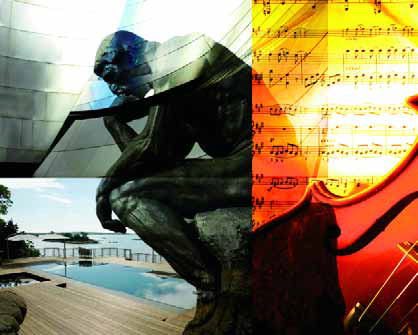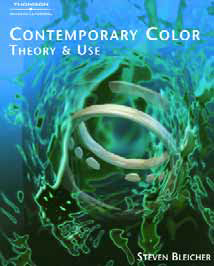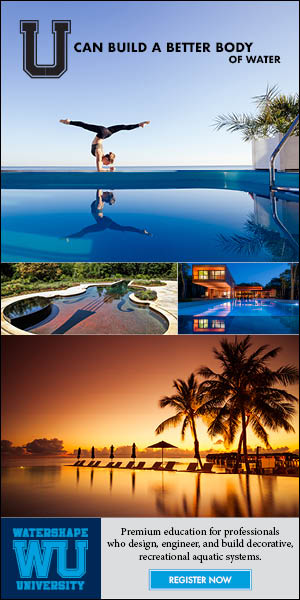Genesis 3
My recent blog on the formation of Artistic Resources & Training brought an unusual response: Not a single person wanted to comment on my words in print, and the many who called me directly all requested that our conversation be off the record. While that hasn’t advanced the dialogue I was hoping to build, it amply demonstrates that feelings are running high – which is, I suppose, understandable given the
I know that I promised to start a string of blogs on my likes and dislikes in watershape design, but the news from the Genesis 3 Design Group about Skip Phillips and Brian Van Bower parting ways with David Tisherman must jump to the head of the line. I have watched these three gentlemen at work, separately and together, for
Many great artists are best known for working in identifiable genres, styles or modes or with specific materials, themes or some other defining detail. From Picasso’s cubist abstractions to Mozart’s cascading melodies or Rodin’s bronzes to Frank Gehry’s sweeping architectural forms, geniuses of all stripes are in one way or another known for qualities that are distinctly theirs. The same holds true for many watershapers, especially those working at the top of the field. While many of us (myself included) cross the lines that divide distinctive modes, styles and genres, even the most free-spirited among us can be
I've always believed that one of the keys to happiness is enjoying what you do for a living and savoring each day in one way or another. Yes, we all want to make good money and have the sense that we've risen to a place of status and respect within our profession and, yes, we all know that meaningful work provides many different types of rewards, but for me, the greatest of these accrue to those who don't simply work to live, but instead live to work. When I get up in the morning and assume my role as a watershape designer, I invariably greet each day and its tasks with joy. And it's not simply that I love this business (which I do); more important, it's that I genuinely, honestly appreciate my
I've always believed that one of the keys to happiness is enjoying what you do for a living and savoring each day in one way or another. Yes, we all want to make good money and have the sense that we've risen to a place of status and respect within our profession and, yes, we all know that meaningful work provides many different types of rewards, but for me, the greatest of these accrue to those who don't simply work to live, but instead live to work. When I get up in the morning and assume my role as a watershape designer, I invariably greet each day and its tasks with joy. And it's not simply that I love this business (which I do); more important, it's that I genuinely, honestly appreciate my
Elevating the way we do things in this industry means addressing our gaps in knowledge on several levels. First, excellence means understanding the aesthetic side of watershaping - design traditions, art history and the nature of visual appeal. Second (and right in step) is the need to know how to build various types of systems properly. As an industry, in other words, we need to know how to avoid mistakes. In February, Genesis 3 staged a construction school in Orlando - and what follows isn't a commercial; rather it's a point of departure for a discussion long overdue in our industry. What struck me is that
Every once in a while, I run across an area of design theory or philosophy that is so fundamental that I'm left to wonder how I've been able to do what I do for a living without a complete understanding of it. Color theory is one such field of study. For a long time now, I've known that the factor that very often makes or breaks a project is not the price of the materials or the presence of bells and whistles, but rather how well the colors work, both with each other and in the context of the overall setting. Even simple projects with modestly priced materials can be ranked among the beautiful if the colors work. By the same token, there are extremely elaborate projects that fail to live up to their potential (or fail altogether) when color choices are off base. My sense that this was something I needed to know more about led me to


















The Road Traveled